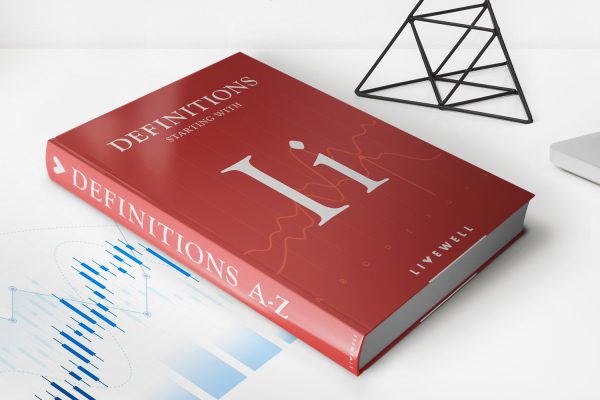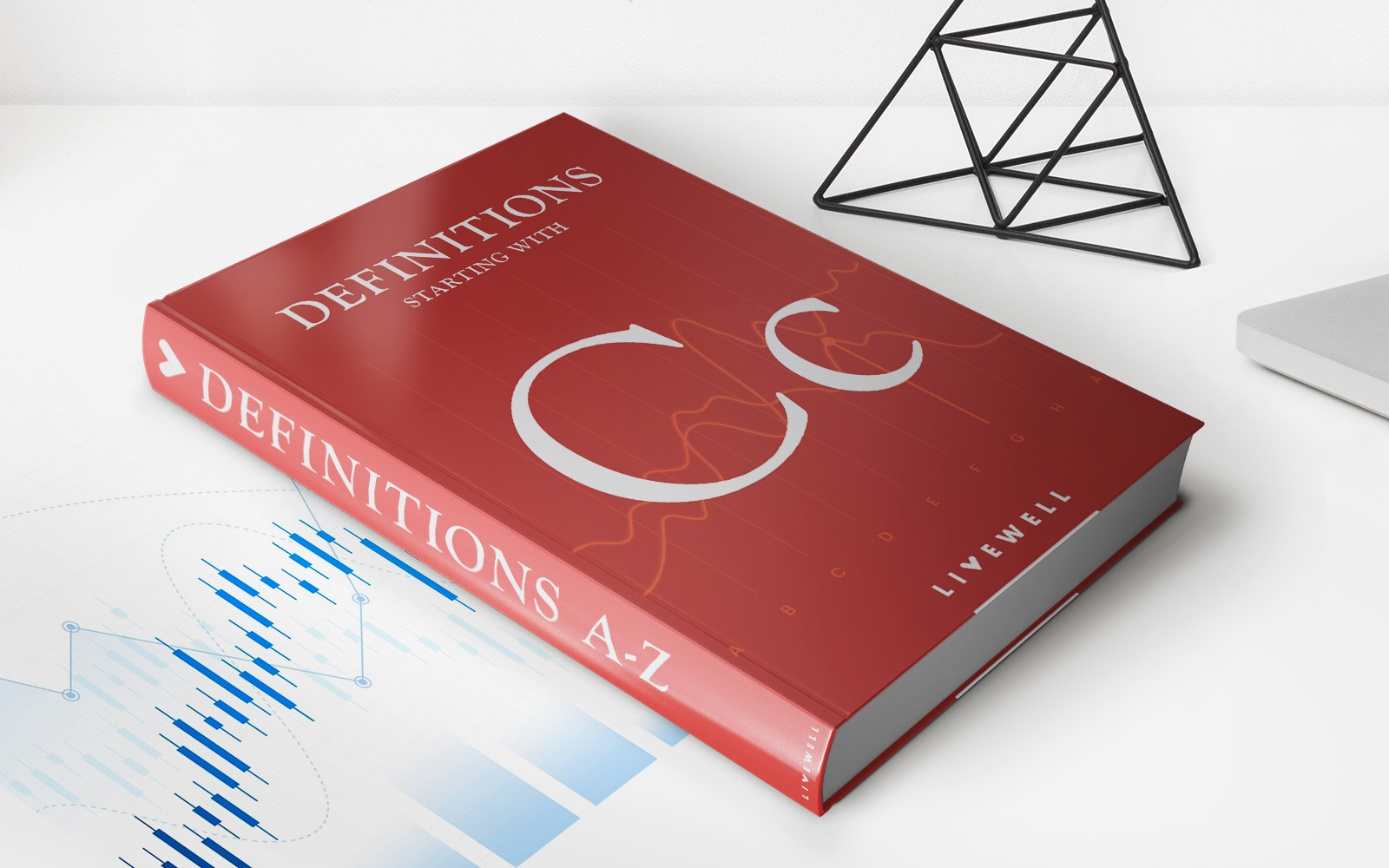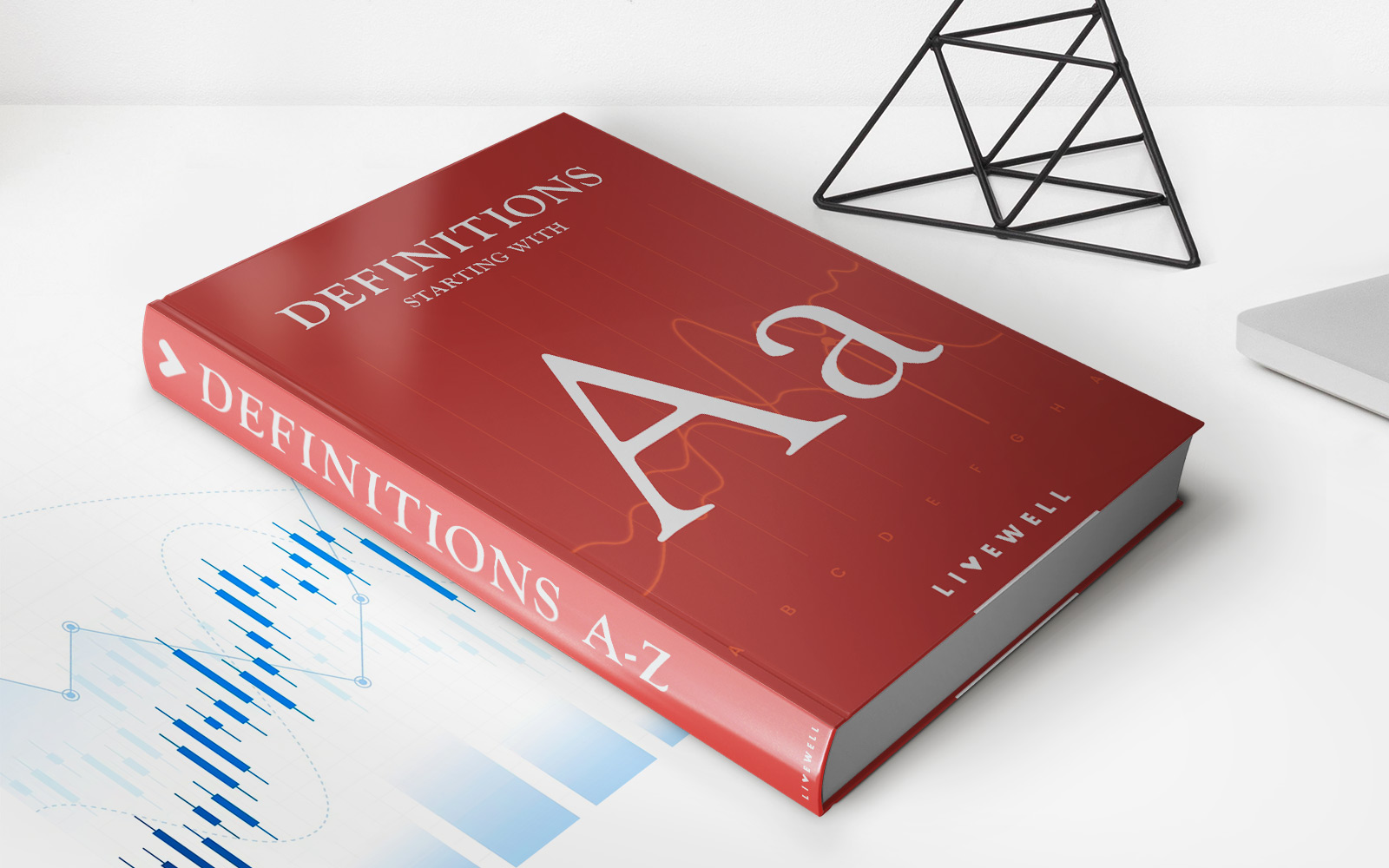Home>Finance>Insurance Grace Period: Definition, How It Works, Example


Finance
Insurance Grace Period: Definition, How It Works, Example
Published: December 10, 2023
Learn about the insurance grace period in finance and understand its definition, how it works, and find an example. Stay informed and protect yourself financially.
(Many of the links in this article redirect to a specific reviewed product. Your purchase of these products through affiliate links helps to generate commission for LiveWell, at no extra cost. Learn more)
Understanding Insurance Grace Periods: A Crucial Element in Financial Planning
When it comes to managing our personal finances, it’s essential to have a solid understanding of various aspects of the financial world. Insurance, in particular, plays a significant role in protecting our assets and mitigating risks. One important concept within insurance policies is the “grace period.” In this blog post, we will define what an insurance grace period is, discuss how it works, and provide a practical example to help you grasp its significance.
Key Takeaways:
- An insurance grace period refers to the additional time provided by an insurer after a premium payment due date has passed.
- During the grace period, policyholders can make their premium payment and keep their coverage active.
What is an Insurance Grace Period?
An insurance grace period is a duration, typically ranging from 10 to 30 days, granted by an insurance provider after a premium payment due date has passed. This additional time provides policyholders with an opportunity to make their payment and keep their insurance coverage active. The grace period acts as a safety net for policyholders who may face unexpected financial difficulties or simply forget to make a payment on time.
It’s important to note that the grace period is not an extension of coverage without payment. It’s merely a buffer period during which a policyholder can bring their premium payments up to date without any lapse in coverage. Therefore, it is crucial to make the payment within the grace period to ensure that your insurance remains in force.
How Does an Insurance Grace Period Work?
The specifics of an insurance grace period can vary depending on the insurance company and the type of policy. However, here is a general overview of how it typically works:
- Missed Payment: Let’s say you forget to make your insurance premium payment by the due date.
- Grace Period Begins: Once the due date has passed, the grace period starts. You still have a designated timeframe to make the payment without any impact on your coverage.
- Premium Payment: During the grace period, you can make the payment to bring your account up to date. This payment can usually be made directly to the insurance provider via various methods, such as online, by phone, or by mail.
- Continued Coverage: If you make the premium payment within the grace period, your insurance coverage will remain intact without any lapse. Your policy will continue forward as if the payment was made on time.
- Lapse in Coverage: If you fail to make the premium payment within the grace period, your coverage may lapse. This means you will no longer have insurance protection until the payment is made. In some cases, reinstating coverage after a lapse may come with additional requirements or higher premiums.
An Example of an Insurance Grace Period:
To better illustrate how an insurance grace period works, let’s consider a real-life example:
Imagine you have an automobile insurance policy with a monthly premium of $100, which is due on the 1st of every month. However, due to an unexpected financial emergency, you forget to make the payment on time.
The insurance provider offers a grace period of 15 days. During this period, you realize your oversight and make the $100 payment on the 7th day. As a result, your insurance policy remains active, and there is no lapse in coverage. Your insurer honors the grace period and considers the payment made within the required time frame.
However, if you fail to make the payment within the grace period of 15 days, your policy may lapse, and you would no longer have insurance coverage until you reinstate it.
Conclusion
Understanding the concept of an insurance grace period is crucial for every policyholder. It provides a valuable opportunity to rectify missed premium payments and prevent a lapse in coverage. By utilizing the grace period effectively, policyholders can protect their assets and maintain their insurance coverage even in times of financial difficulty.
Remember, every insurance company may have different rules regarding grace periods, so it’s essential to refer to your policy documents or contact your insurance provider to get the specific details for your particular policy. Stay informed, responsible, and proactive in managing your insurance coverage, and you’ll be well on your way to ensuring financial stability and peace of mind.














